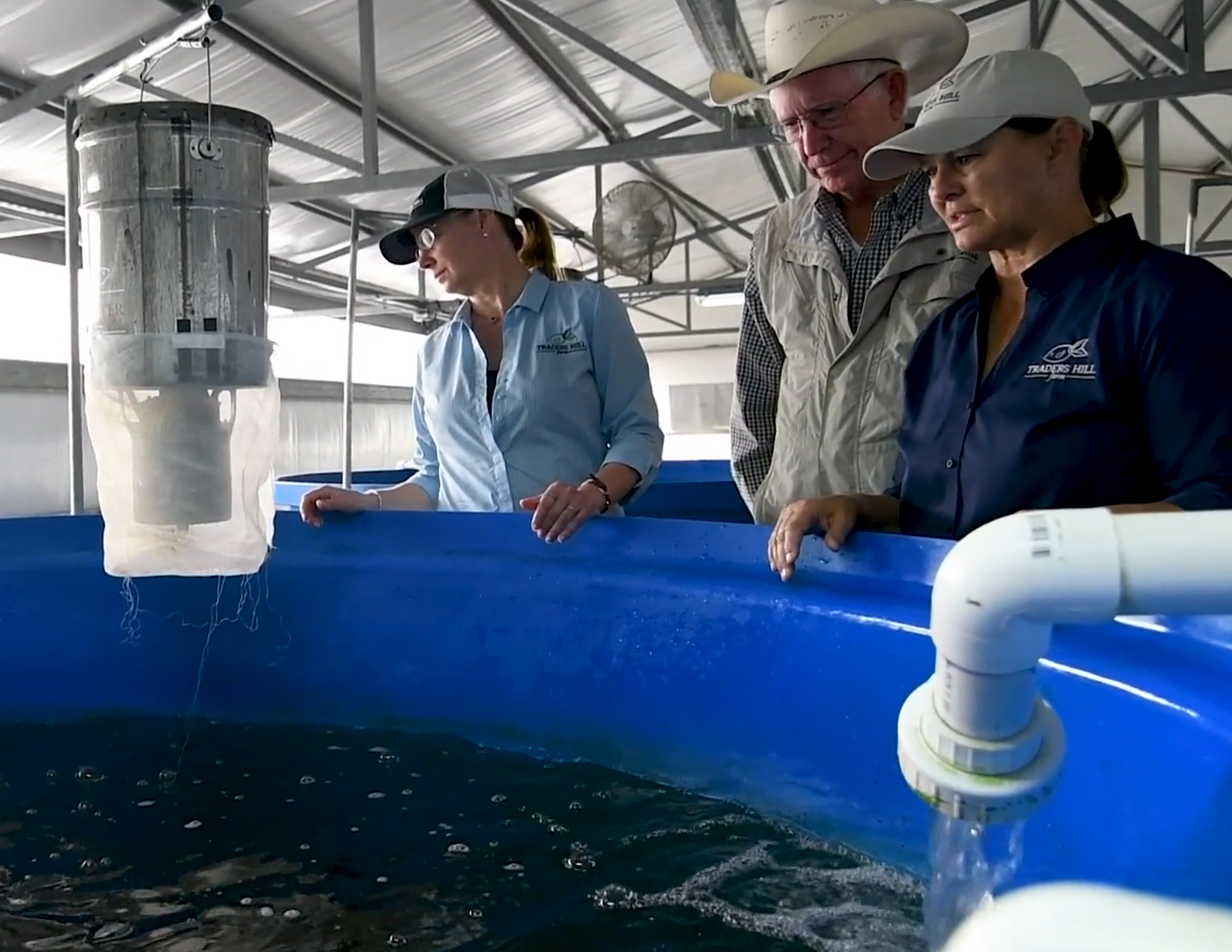Build Back Better with Aquaponics
Traders Hill Farm Aquaponic System in Florida
The Aquaponics Association has sent a letter to USDA Secretary Tom Vilsack about how aquaponics can support the USDA’s new Build Back Better Initiative. Read the full letter:
Build Back Better with Aquaponics
The USDA’s Build Back Better Initiative is investing up to $1 billion to support and expand the emergency food network so states, food banks and local organizations can reliably serve their communities.
Building on lessons learned during the COVID-19 pandemic, USDA will enter into cooperative agreements with state, Tribal and local entities to more efficiently purchase food from local producers and invest in infrastructure that enables partner organizations to more effectively reach underserved communities. USDA states that the U.S. food system of the future should be fair, competitive, distributed, and resilient; it must support health and ensure producers receive a fair share of the food dollar while advancing equity and contributing to national climate goals.
Aquaponics Can Help the USDA meet the goals of the Build Back Better Initiative
Aquaponics is a food production system integrating fish and plants in a closed, soil-less system. Aquaponic farms are growing rapidly across our nation, but more work is needed to expand the benefits of this revolutionary growing method.
Aquaponic food production systems produce more food, on less land, using less water than conventional food production systems and they directly align with the stated goals of the USDA’s Build Back Better Initiative:
A Food System That Is Fair, Competitive, Distributed, and Resilient
Historically, agricultural production was in areas with specific climate and soil conditions. However, aquaponics does not require soil and is practiced in controlled environments like greenhouses or repurposed factories. Aquaponics can be applied in food deserts, in areas without arable soil or in extreme climates. This means that aquaponics offers fresh food and economic opportunities to every state in our nation.
A Food System That Supports Health with Access to Healthy, Affordable Food
The United States’ current food supply is characterized by long transportation distances, excessive food waste, nutrient depletion, and overly processed food. Aquaponics offers fresh fruits, vegetables, and fish in any location.
A Food System That Advances Climate Resilience
Aquaponic systems are typically operated in controlled environments that can withstand climate fluctuations and extreme weather events. Aquaponic farms have operated through northern blizzards and southern heat waves without affecting production.
A Food System That Advances Climate Mitigation
Today’s food system is a major driver of greenhouse gas emissions that cause climate change. The closed, recirculating nature of aquaponic systems means that food is grown with minimal inputs as well as minimal agricultural discharge. These factors reduce the greenhouse gas emissions associated with traditional agriculture per unit of output.
The Initiative should recognize changing consumer trends and align with what US citizens want: fresh, locally grown, sustainable foods that promote a healthy lifestyle.
Interested in joining the Aquaponics Community?

